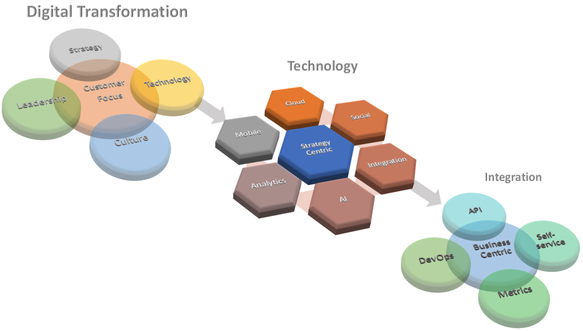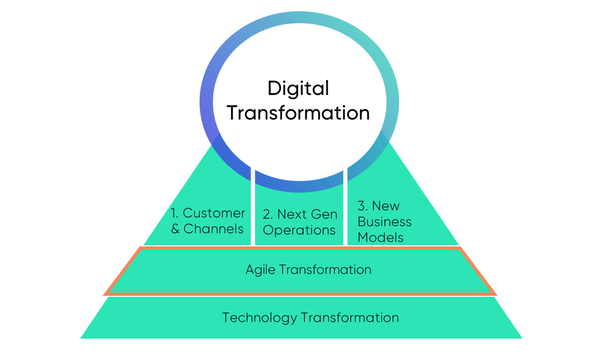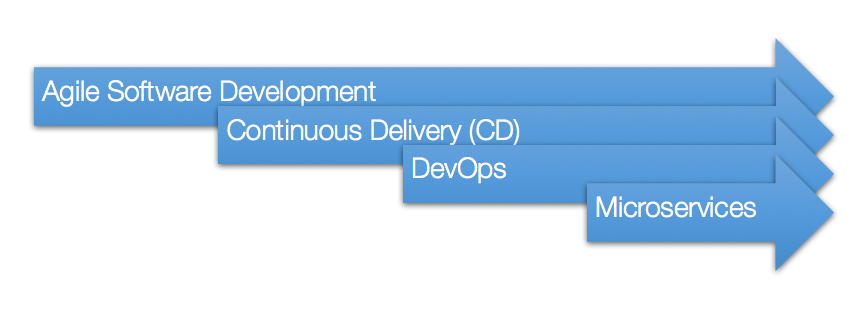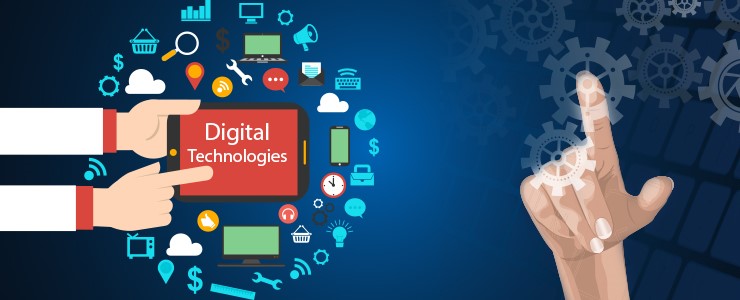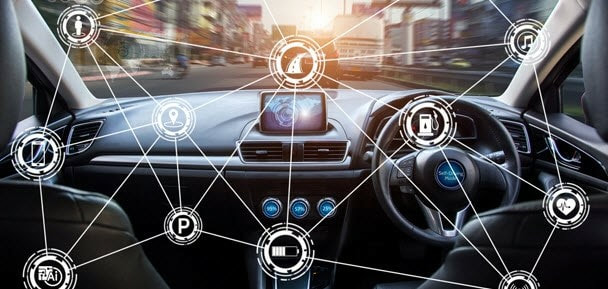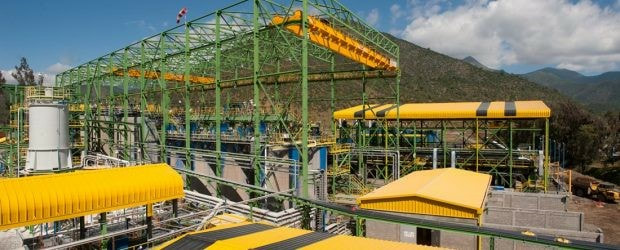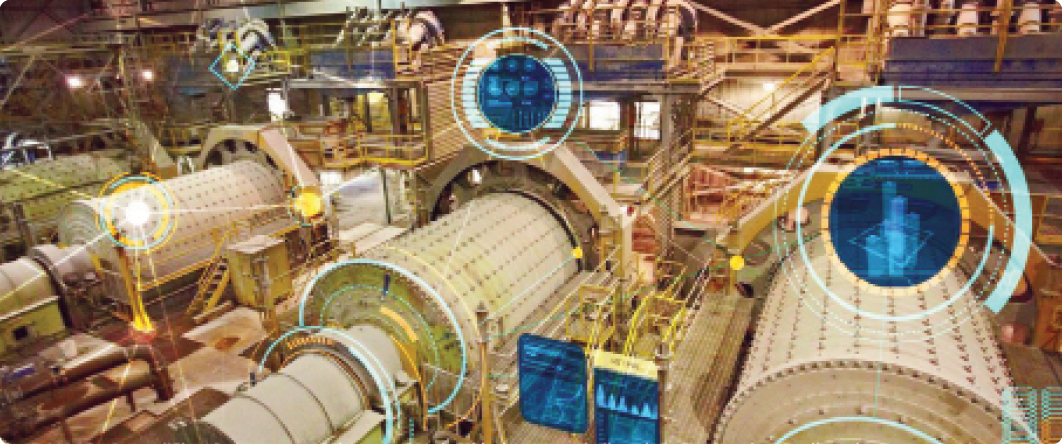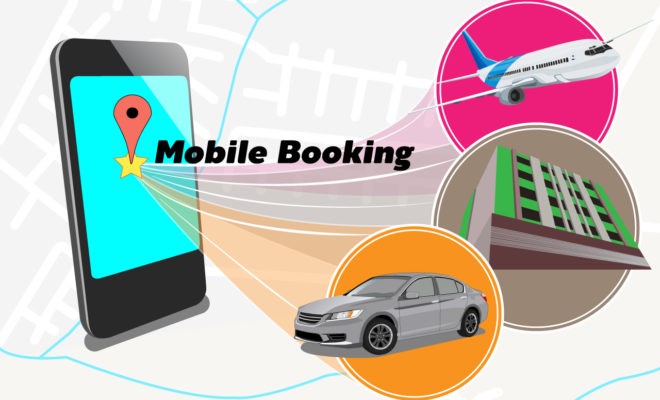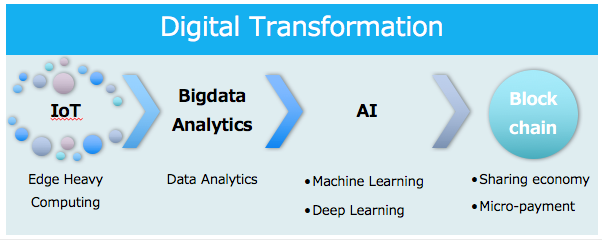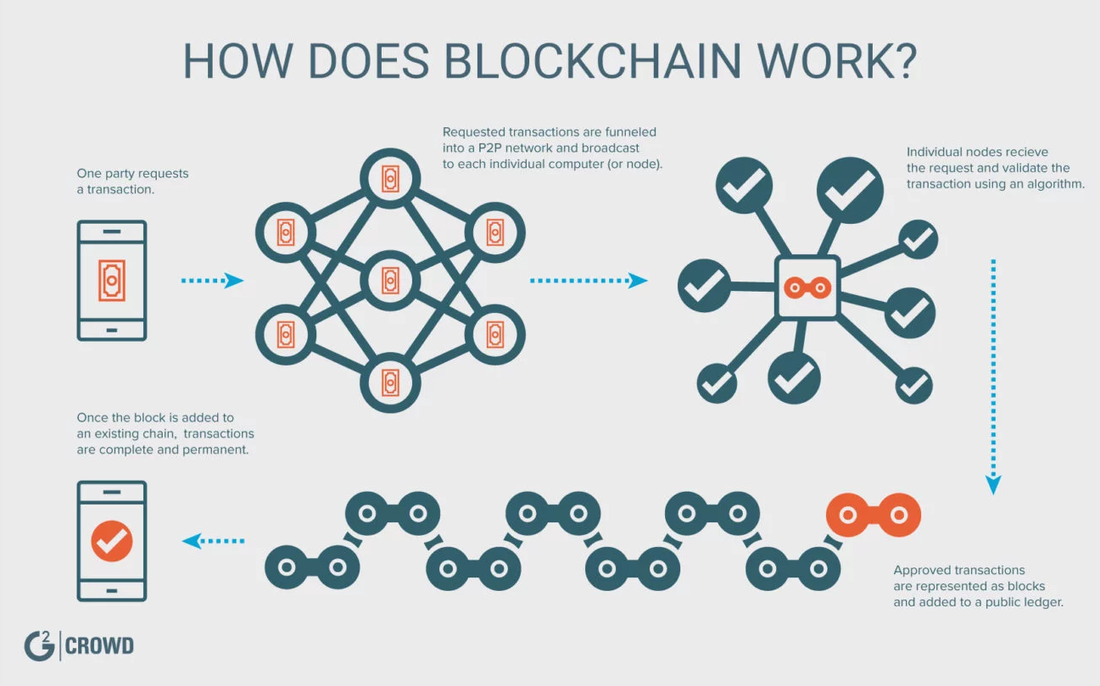These digital challenges compel traditional officials to harness new ways of delivering greater customer satisfaction and more personalized experiences. This also helps companies survive in this largely competitive global market.
Superlative customer experience is of great importance for any business today and in order to successfully go digital, an organization needs to equip its infrastructure to handle the necessary demands and changes of the transformative initiatives. Companies need to focus on modernization of their core processes, systems and age old infrastructure on every aspect and level of operations
Agile and DevOps: Moving Towards Digital Transformation
Adopting these practices, help companies transform and lead the market with the latest digital processes, sheds light on the challenges to come and also focuses on driving the following methodologies within the organization:
Improve Culture
Culture plays a very important role in successful implementation of agile and DevOps. The environment of a company needs to encourage adopting change, teamwork and agility. Involving customers and stake holders from the start is beneficial so that their feedback can be incorporated into the development process.
Management Commitment
For a successful transformation, management on all levels need to support and encourage the change. There needs to be a significant shift in the mind set and attitude so that support for the change starts at the top.
Training
Providing proper training for its employees ensures companies will see best practices being utilized for the organizations benefit. This also leads to a higher rate of revenue and profit growth.
Relieve Time Pressures
Priority needs to be given to the most strategic work which needs to be completed first as opposed to juggling multiple tasks which may not drive towards the organizations strategy. These practices will aid organizations keep up with the continuously changing, and unpredictable, business environment.
Source: https://www.ca.com/en/blog-highlight/agile-and-devops-essentials-in-the-digital-transformation-journey.html
“75% of respondents recognize that Agile and DevOps approaches drive significant business success when implemented together”
Source: http://www.idexcel.com/blog/agile-and-devops-motivating-digital-readiness-and-transformation/
The goal is to enable the organization to create quick, frictionless, friendly, risk-free value at scale, and the financial rewards that flow from that capability, as exemplified by:
- Amazon
- Apple
- Microsoft.
Adapting to Feedback
One of the main benefits of using an agile framework, that it allows for rapid modifications as needed based on customer feedback. It allows for changes to take place at a much faster pace which also helps create a powerful digital customer experience.
Digital and domain skills, identifying the weakness as well as the use of modern software processes like DevOps and agile help ensure a smooth transition which focuses on the core infrastructure as well as changes at the customer service level.
(Source: https://www.infosys.com/insights/ai-automation/Pages/digital-transformation-core.aspx)
Cultural Shift
As previously mentioned, part of using this methodology is emphasizing a cultural shift, empowering employees, providing transparency and accountability between teams and individuals as well. Everyone from management to individual stakeholders receive necessary training, which helps understand and accept the change.
Work Environment
Change is never easy nor is it very easily accepted. Using agile methods and DevOps makes it possible to create a healthy work environment during the transition. Success can be celebrated by the team which also helps boost morale and increases productivity. This also helps make the transition smooth and frictionless.
Breaking down the walls between development and operations, DevOps makes it possible to process change faster and makes things run smoother, all by adopting the right approaches to the technology and bringing fresh thinking to organizational factors.
Source:https://enterprisersproject.com/article/2017/4/why-devops-and-cloud-are-essential-digital-transformation
Market Creating Innovations and Scalable Operations
Agile and DevOps methodology helps to open up markets as well as transform products from complicated and expensive to simple and affordable. New products meet a new need which people did not know they earlier had. For example:
- Personal computer
- iPhone
- Starbucks coffee
These practices make it possible for stakeholders to rapidly create and supply the needs of the market.
Digital transformation process is disruptive enough and therefore it is beneficial to use tried and tested approaches like Agile and DevOps strategies. They provide a framework for change and enable the organization to build the next generation of powerful digital experiences.
Source: https://www.cmswire.com/digital-workplace/how-agile-helps-drive-digital-transformation-forward/
In modern day dynamic environments, change is constant and businesses cannot remain stagnant if they wish to grow and prosper. The rule of survival i.e. evolution follows the same principle as digitization. Aligning the methodologies with business strategy helps foresee possible issues, and come up with solutions, which the business might face.
DevOps strategy and agile methodology help create the change right from the culture to the hearts and minds of the people.Experienced talent across the organization can be looped in to contribute to projects. This also allows boundary-less leadership which helps promote the vision and business strategy of a company.
Source: https://www.cio.com/article/3239004/12-tips-for-using-devops-to-fuel-digital-transformation.html
To Wrap It Up
Digital transformation is a key for success for any business operating in today’s volatile economy. And in this scenario, agile and DevOps methodologies are the essential components for a successful metamorphosis. Adopting these strategies and practices helps companies increase their development speed, efficiency and customer experience while ensuring a smooth transformation.
These strategies help make the organization flexible specially while addressing customer demands, expectations as well as new market opportunities. It is not enough to focus on the technology and processes alone, but also on the use and effective implementation of what is available at hand.
If you would like to further discuss how essential agile and DevOps methodologies are for a digital transformation journey, you can contact the App Scoop mobile app developers and app development team on: https://app-scoop.com/contact-us.html

